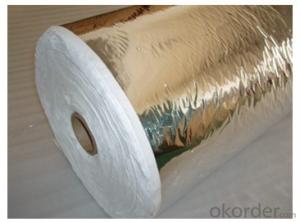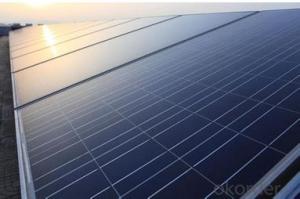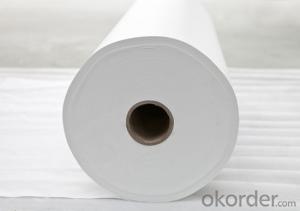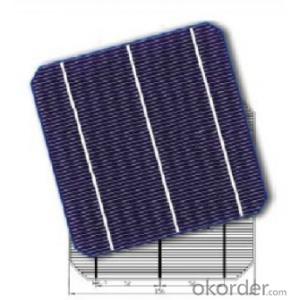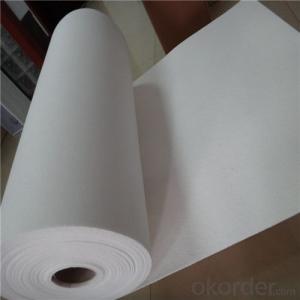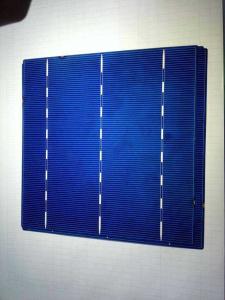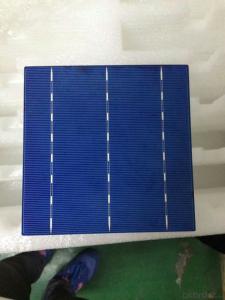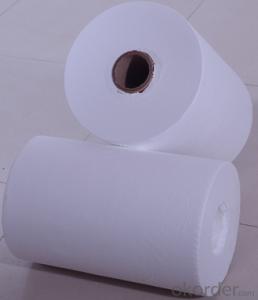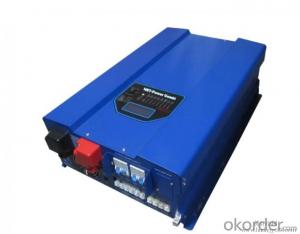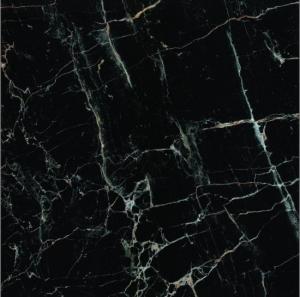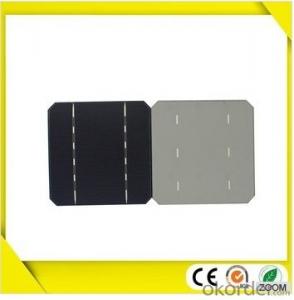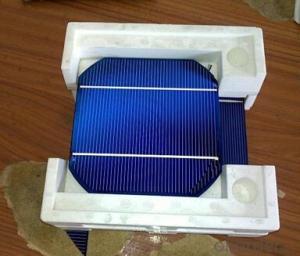Solar Cell Micro Inverter
Solar Cell Micro Inverter Related Searches
Best Solar Panel Inverter Solar Panel Decking Lights Solar Panel Inverter Box Inverter Generator Solar Panel Solar Panel Roof Mount Solar Panel Inverter Function Inverter Cost Solar Panel Cheap Solar Power Inverter Solar Panel Without Inverter Solar Panel Micro InverterHot Searches
Solar Cell Inverter Price Aluminum Corp Of China Stock China Black Aluminum Plate China Aluminum Plate Panels China Aluminum Floor Plate China Aluminum Composite Plate China Flat Aluminum Plate China Cutting Aluminum Plate China Aluminum Plate Suppliers Aluminum Plate China China Aluminum Stock Scaffolding Manufacturer In Mumbai Aluminum Foil Manufacturer Aluminum Angle Stock Near Me Aluminum Flat Stock Near Me Aluminum Stock Near Me Calcium Silicate False Ceiling Specification Spring Manufacturer Singapore Bistable Spring Manufacturer Cheap Solar Cells For SaleSolar Cell Micro Inverter Supplier & Manufacturer from China
Okorder.com is a professional Solar Cell Micro Inverter supplier & manufacturer, offers integrated one-stop services including real-time quoting and online cargo tracking. We are funded by CNBM Group, a Fortune 500 enterprise and the largest Solar Cell Micro Inverter firm in China.Hot Products
FAQ
- The role of a solar inverter in preventing underperformance is to convert the direct current (DC) produced by solar panels into alternating current (AC) that can be used by electrical appliances. By efficiently converting and optimizing the power output from the solar panels, the inverter ensures that the system operates at its maximum capacity, minimizing any potential underperformance issues due to factors such as shading, temperature fluctuations, or system faults. Additionally, advanced inverters can monitor and analyze the performance of the solar system, detecting any abnormalities or inefficiencies that may lead to underperformance and allowing for timely troubleshooting and maintenance.
- A solar inverter handles power factor correction by continuously monitoring the power factor of the electrical load and adjusting its operation accordingly. It applies various control techniques to ensure that the power factor is maintained close to unity, ultimately improving the efficiency and stability of the solar power system.
- Yes, a solar inverter can be used with a solar-powered water purification system. A solar inverter is responsible for converting the direct current (DC) electricity produced by solar panels into alternating current (AC) electricity that can be used to power various appliances and systems. In the case of a solar-powered water purification system, the solar inverter would be essential in converting the DC electricity generated by the solar panels into the appropriate AC power required to operate the system's pumps, filters, and other components.
- A solar inverter is an essential component of a solar power system that converts the direct current (DC) generated by solar panels into alternating current (AC) electricity suitable for use in households and businesses. It ensures optimal performance and connectivity between the solar panels and the electrical grid, allowing for efficient utilization of solar energy.
- When choosing a solar inverter, it is important to look for certifications such as UL listing, IEC 61727 compliance, and IEEE 1547 compliance. These certifications ensure that the inverter meets safety and performance standards, and is compatible with grid connection requirements.
- The maximum DC input voltage for a solar inverter typically depends on the specific model and manufacturer. However, in general, most solar inverters have a maximum DC input voltage ranging from 600 to 1000 volts.
- A solar inverter handles frequency fluctuations in the grid by continuously monitoring the frequency of the grid and adjusting its own output accordingly. If the grid frequency increases, the inverter reduces its output to maintain stability. Conversely, if the grid frequency decreases, the inverter increases its output to help stabilize the grid. This way, the solar inverter actively contributes to maintaining a stable frequency in the grid.





